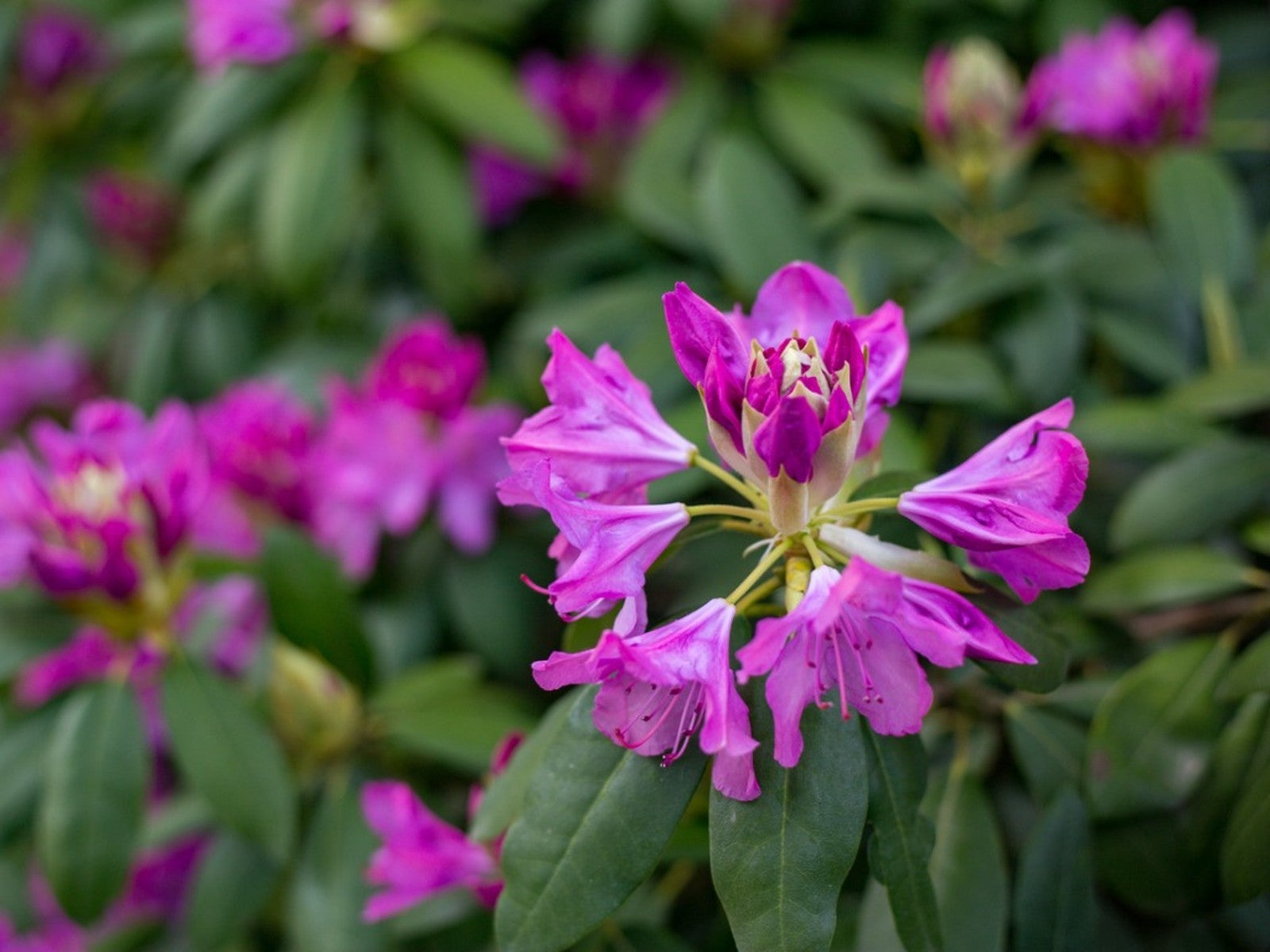What Is Lapland Rhododendron


Rhododendrons have long been a popular choice in home landscapes. Ranging greatly in size, these plants are often prized by ornamental gardeners for their colorful flowers and pronounced foliage. In order to truly thrive, landscaping rhododendrons require acidic soil that’s rich in organic matter. Requirements related to light and temperatures throughout the changing seasons may also be an issue, depending upon the growing zone. Some species of rhododendron have even more specialized requirements for growth. One type, called the ‘Lapland rhododendron’ bush, will grow only under very specific conditions.
What is Lapland Rhododendron?
Lapland rhododendron, or Lapland rosebay, is a diminutive member of the Ericaceae family. Unlike more common garden rhododendrons, Lapland rhododendron in its native habitat exhibits itself as a sprawling ground cover. In fact, the plant may only reach about 6 inches (15 cm.) high at maturity. Found most commonly growing among rocky soils, Lapland rhododendron bushes produce an abundance of pink-purple flower clusters atop high-held foliage.
Growing Lapland Rhododendron
The thought of growing Lapland rhododendron may be appealing to home landscapers, but the plant is actually quite rare. Though it can be found in some regions of the United States, ideal growing conditions are very limited to those specific areas. Native plants are most frequently found growing in cool regions on high peaks, coming into bloom just as the snow begins to melt. This includes alpine meadows in portions of the Adirondacks and in some parts of New Hampshire. The plant can also be found in Alaska and throughout Canada.
Some states have identified Lapland rosebay as a protected endangered species. Unintentional damage to Lapland rhododendrons has been found to be most commonly caused by hikers. As with any rare plant, care should be taken so as not to disturb any native grown specimens. This includes the unlawful removal of plants, collection of seeds, cuttings, and/or other plant parts.
Sign up for the Gardening Know How newsletter today and receive a free copy of our e-book "How to Grow Delicious Tomatoes".

Tonya Barnett has been gardening for 13 years. Flowers are her passion. She has transformed her backyard into a cut flower garden, which she regularly chronicles on her YouTube channel http://www.youtube.com/@tonyawiththeflowers.